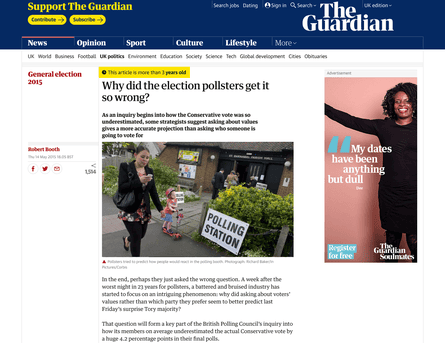News Articles for Beginners
Table of ContentsThe 6-Minute Rule for News ArticlesThe Facts About News Articles RevealedWhat Does News Articles Mean?All About News ArticlesThe Buzz on News Articles
Good knowledge of various subjects offers students an affordable edge over their peers. Although digital and social networks are conveniently easily accessible, we should not neglect exactly how essential it is to review the newspapers. Moms and dads have to try and inculcate the habit of checking out a newspaper as a day-to-day routine to proceed the tradition of the adored print medium.Information stories also contain at the very least one of the adhering to important attributes family member to the desired target market: proximity, prestige, timeliness, human interest, oddity, or consequence.
Within these limitations, information tales additionally intend to be comprehensive. Nonetheless, other elements are included, some stylistic and some stemmed from the media form. Amongst the bigger and a lot more respected newspapers, justness and equilibrium is a major consider offering details. Discourse is normally restricted to a separate section, though each paper might have a various total slant.
Papers with a worldwide audience, as an example, often tend to use a more formal style of creating. The particular selections made by an information outlet's editor or content board are commonly gathered in a style overview; typical design overviews include the and the United States Information Design Book. The main objectives of news writing can be summarized by the ABCs of journalism: precision, brevity, and clarity.
Not known Facts About News Articles
As a regulation, journalists will not use a lengthy word when a short one will do. They make use of subject-verb-object building and dazzling, energetic prose (see Grammar). They offer stories, instances and allegories, and they seldom rely on generalizations or abstract ideas. News writers attempt to avoid making use of the exact same word greater than once in a paragraph (in some cases called an "resemble" or "word mirror").
Nonetheless, headings sometimes omit the subject (e.g., "Jumps From Watercraft, Catches in Wheel") or verb (e.g., "Pet cat female lucky"). A subhead (also subhed, sub-headline, subheading, subtitle, deck or dek) can be either a secondary title under the main headline, or the heading of a subsection of the article. It is a heading that precedes the major message, or a group of paragraphs of the major message.

Added billboards of any of these types might appear later on in the write-up (particularly on subsequent pages) to lure further analysis. Such billboards are likewise utilized as pointers to the post in other areas of the publication or website, or as advertisements for the item in other magazine or sites. Regular structure with title, lead paragraph (summary visit this site right here in vibrant), other paragraphs (details) and contact information.

Example of a hard-lead paragraph NASA is suggesting another room job. The budget plan requests around $10 billion for the project.
An "off-lead" is the 2nd most crucial front web page news of the day. To "hide the lead" is to start the article with background details or details of secondary value to the visitors, compeling them to read even more deeply into a write-up than they must have to in order to discover the necessary points.
An Unbiased View of News Articles
Common usage is that one or 2 sentences each develop their very own paragraph. Reporters usually describe the organization or structure of a newspaper Get the facts article as an inverted pyramid. The necessary and most interesting aspects of a tale are put at the start, with sustaining details adhering to in order of diminishing value.
It enables people to discover a topic to only the depth that their curiosity takes them, and without the imposition of information or subtleties that they can take into consideration unnecessary, however still making that details offered to a lot more interested visitors. The upside down pyramid framework additionally enables write-ups to be cut to any kind of arbitrary size throughout design, to fit in the area offered.
Some writers begin their stories with the "1-2-3 lead", yet there are numerous type of lead available. This format invariably starts with a "5 Ws" opening paragraph (as described above), complied with by an indirect quote that serves to sustain a major component of the initial paragraph, and afterwards a straight quote to support the indirect quote. [] A kicker can describe several things: The last tale in the news program; a "delighted" story to finish the program.
Longer write-ups, such as publication cover posts and the pieces that lead the within areas of a paper, are understood as. Attribute stories click now differ from straight information in several methods.
News Articles Things To Know Before You Buy
A feature's first paragraphs commonly associate a fascinating minute or event, as in an "anecdotal lead". From the details of a person or episode, its view rapidly broadens to abstract principles about the tale's subject.

The Editor's Tool kit: A Recommendation Overview for Beginners and Professionals (2001) Allan M. Siegal and William G. Connolly. The New York City Times Guidebook of Design and Usage: The Authorities Design Guide Utilized by the Writers and Editors of the World's A lot of Reliable Newspaper (2002) M. L. Stein, Susan Paterno, and R.